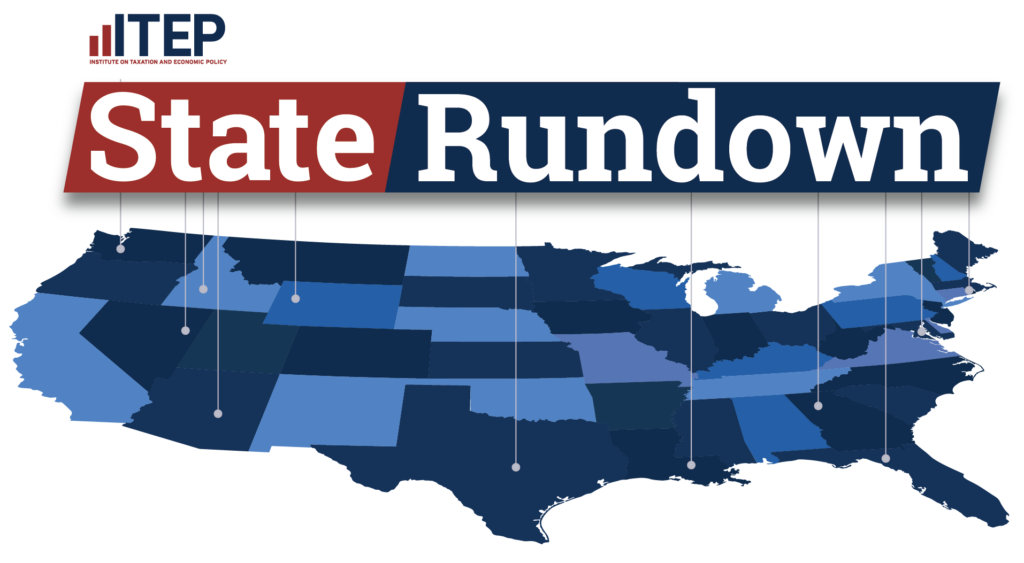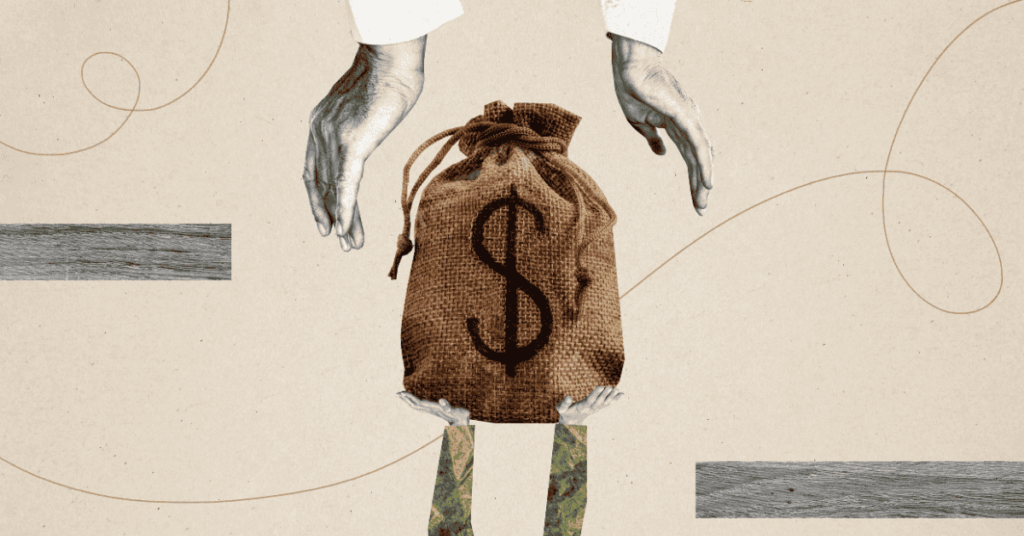Almost without exception, state lawmakers do not closely scrutinize special tax credits, exemptions, and other “tax expenditures” on a regular basis. A recent report by the Pew Center on the States found, for example, that half the states have done nothing even remotely rigorous in the last five years to determine if even a single one of their economic development tax incentives is working. Pew also found that “no state regularly and rigorously tests whether [tax incentives] are working and ensures lawmakers consider this information when deciding whether to use them, how much to spend, and who should get them.” While the Pew study didn’t look at tax breaks created for purposes other than economic development, there is little doubt that other tax breaks are flying just as far below the radar.
Fortunately, there are straightforward steps that states can take to remedy this problem, and a growing number of states have begun to take those steps in recent years. In particular, the five recommendations described below require evidence-based reviews of tax expenditures designed to gauge their success, and include reforms that encourage lawmakers to take those reviews seriously. In brief, those recommendations include:
Step #1: Tax expenditure laws must include a specific explanation of what the expenditure is intended to achieve.
Step #2: Non-partisan analysts must regularly evaluate tax expenditures based on how successful they have been in achieving their objectives, and must offer lawmakers recommendations for reform.
Step #3: Tax expenditures must be scheduled to expire after a specific period of time, so that lawmakers can vote on the expenditure again in light of new evidence of its success, or lack thereof.
Step #4: The Governor’s budget must include specific recommendations related to any tax expenditure that has been recently evaluated under Step #2.
Step #5: The tax-writing committees of the legislature must hold hearings on any tax expenditure that has been recently evaluated under Step #2.





